
U.S. Drone Compliance Testing Standards
This document provides a comprehensive overview of the regULatory framework for drone testing and technical standards in the United States. It is intended to guide drone manufacturers and related stakeholders in compliance procedures.
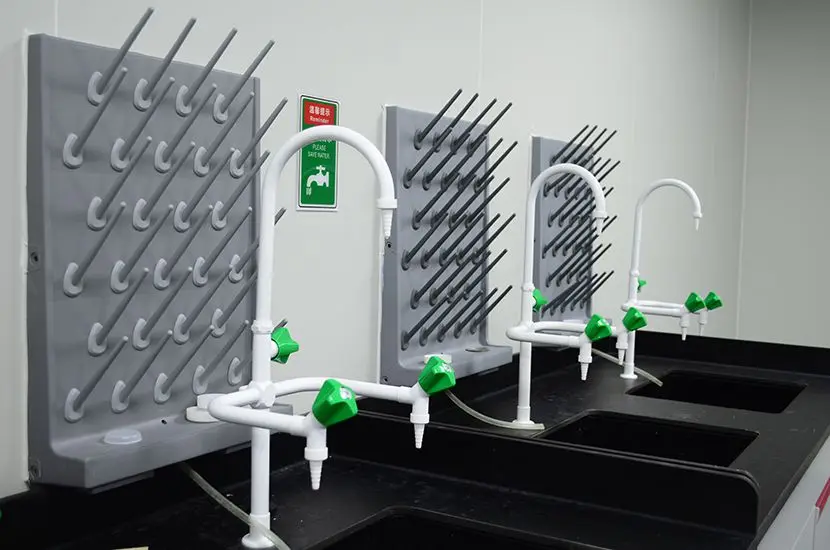
Overview of Regulatory Authorities
Drone regulation in the United States is primarily managed by two federal agencies:
Federal Aviation Administration (FAA):Oversees flight operations and ensures aviation safety.
Federal Communications Commission (FCC):Regulates the use of radio frequency spectrum and certifies communication equipment.
FAA Regulations
The FAA governs the commercial operation of small unmanned aircraft systems (sUAS) under 14 CFR Part 107. Key requirements include:
2.1 Operational Restrictions
Altitude Limitations:Flights must not exceed 400 feet (approximately 122 meters) above ground level, unless flying over a structure.
Visual Line of Sight (VLOS):Operators must maintain unaided visual contact with the drone at all times, or use a visual observer.
Flights Over People:Flying over people is prohibited unless under specific operational categories or with a waiver.
Night Operations:Drones must be equipped with anti-collision lighting and meet additional safety conditions for night flights.
2.2 Remote Identification (Remote ID)
According to FAA Part 89, starting from September 16, 2023, all drones that require registration (weighing between 0.55 and 55 pounds) must either:
Be equipped with Remote ID capability, or
Operate only within FAA-Recognized Identification Areas (FRIA).
FCC Regulations
The FCC regulates the communication modules within drones under Part 15, covering the following areas:
3.1 Wireless Communication Compliance
Built-in wireless modules (Wi-Fi, Bluetooth, cellular) must be fcc certified to ensure:
RF Emission Compliance:Devices must meet Part 15 limits for unlicensed transmitters.
Spectrum Compatibility:Devices must not cause harmful interference to authorized services.
3.2 Device Specification Requirements
Electromagnetic Interference Limits:Devices must not interfere with other lawful communications.
Power Limits:In Industrial, Scientific, and Medical (ISM) bands (e.g., 2.4 GHz and 5.8 GHz), maximum transmit power is typically limited to 1 watt (excluding antenna gain).
Equipment Certification Process:Devices must:
Be tested by an FCC-recognized laboratory, and
Follow one of the following certification processes:
1. Supplier’s Declaration of Conformity (sdoc);
2. Full Certification (fcc id);
before being marketed or operated in the U.S.
Companies planning to manufacture, import, or operate drones in the U.S. must strictly comply with the operational and technical standards set by the FAA and FCC. Compliance is essential to ensure flight safety, legal operation, and communication system integrity.
JJR Lab in China offers fast fcc testing and certification services! For any inquiries, please contact us!
Email:hello@jjrlab.com
Write your message here and send it to us
 LED Lighting EMC Testing Service
LED Lighting EMC Testing Service
 EU REACH Compliance Testing Services
EU REACH Compliance Testing Services
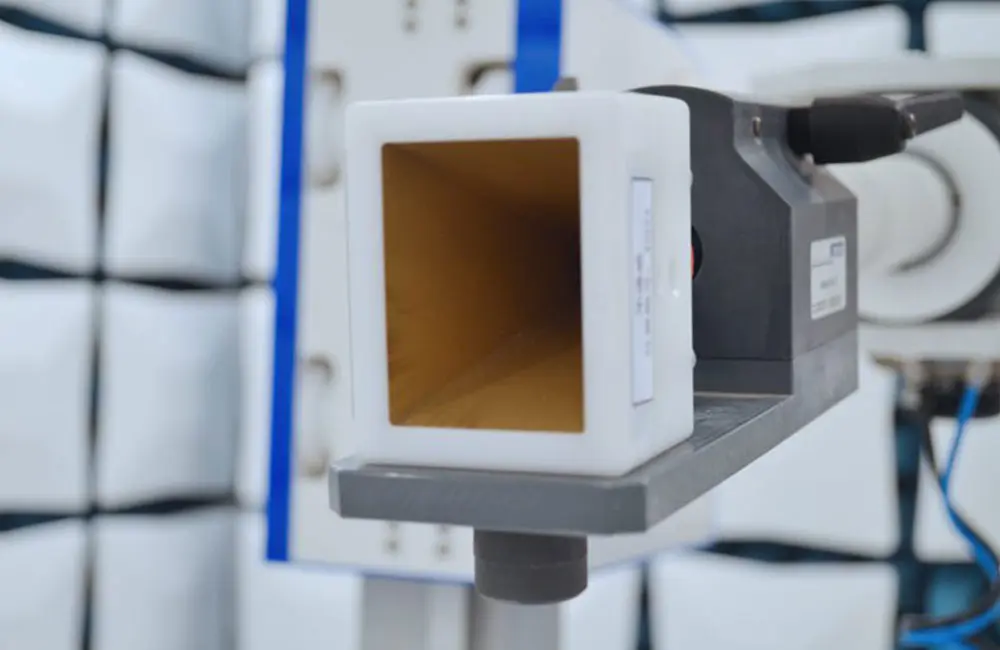 Electronic and Electrical Reliability Testing Serv
Electronic and Electrical Reliability Testing Serv
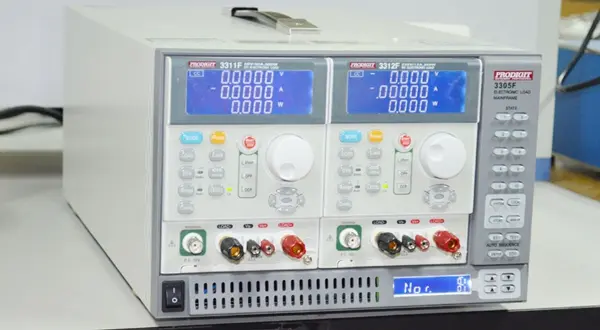 Electronic & Electrical Safety Compliance Test
Electronic & Electrical Safety Compliance Test
 Shenzhen Electronic Electromagnetic Compatibility
Shenzhen Electronic Electromagnetic Compatibility
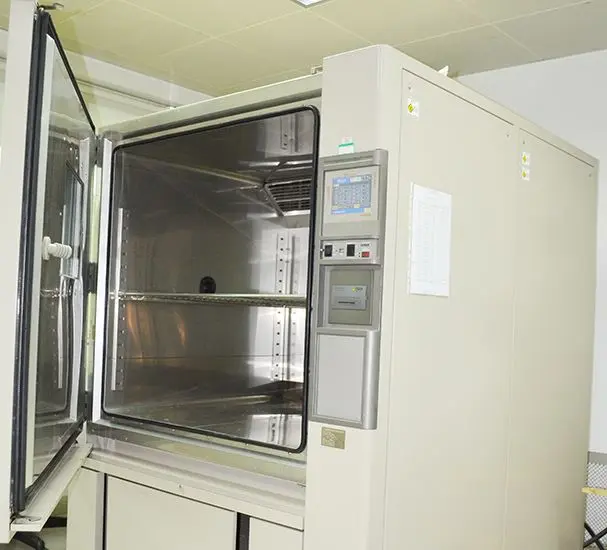 How to Test IP68 Rating
How to Test IP68 Rating
 Differences Between FDA and LFGB for Food Contact
Differences Between FDA and LFGB for Food Contact
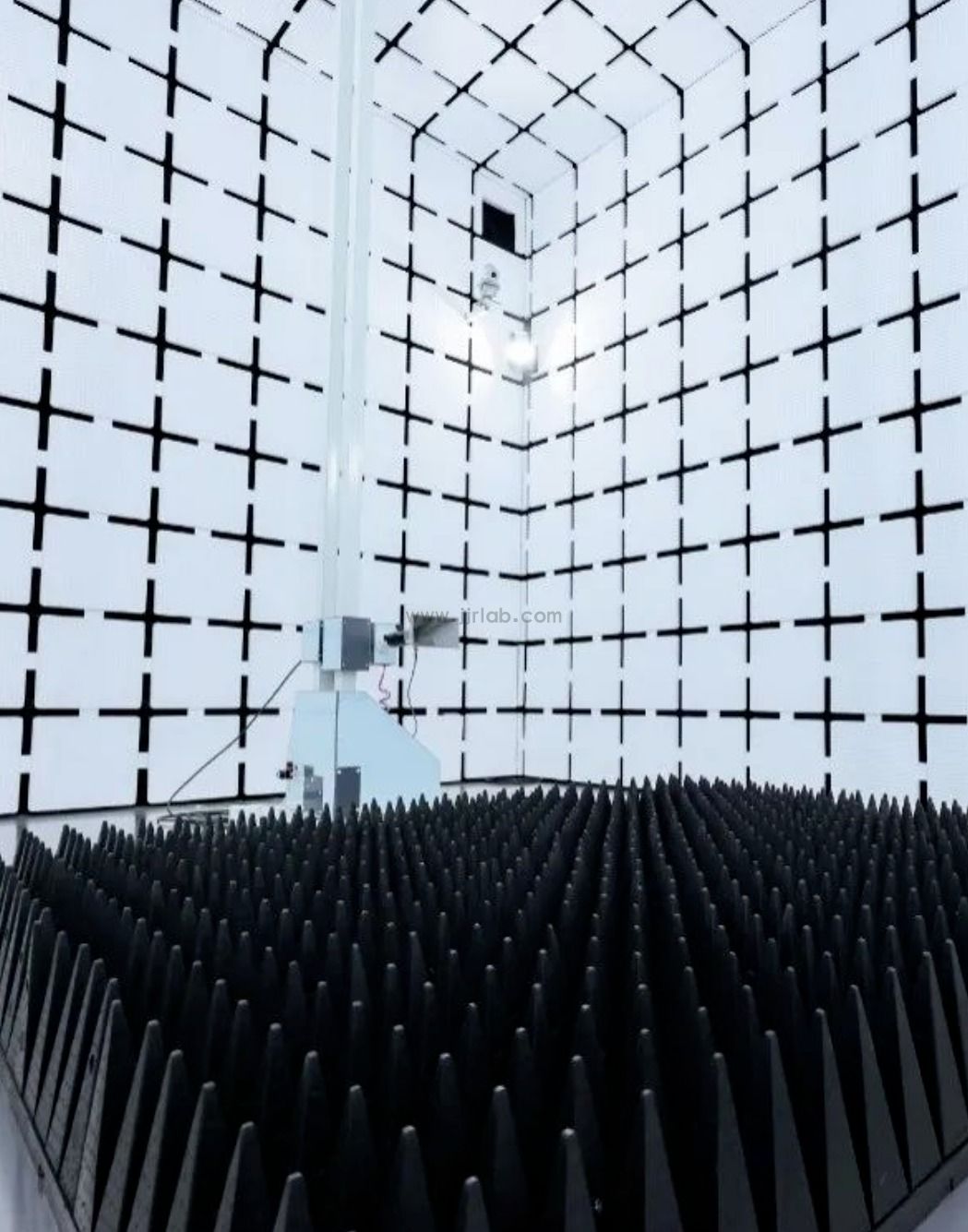 Process and Precautions for Amazon CPC Certificate
Process and Precautions for Amazon CPC Certificate
Leave us a message
24-hour online customer service at any time to respond, so that you worry!




